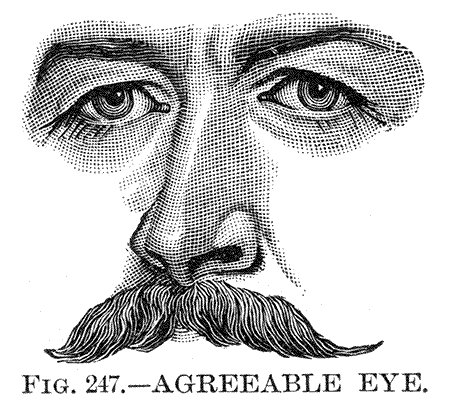Citation (68)
For the final element in his characteristic form is that the underlying crime is always old, lying half-forgotten in the pasts of the characters before the book begins. This is the principal reason why the reader’s attention is diverted from it: he assumes it to be part of the dimension of the present, of the events going on before him in the immediacy of his narrated universe. Instead, it is buried in that world’s past, in time, among the dead evoked in the memorable closing page of The Big Sleep.
And suddenly the purely intellectual effect of Chandler’s construction formula is metamorphized into a result of unmistakable aesthetic intensity. From the point of view of abstract curiosity we might expect the reader to have a reaction not altogether unmixed: satisfaction at the solution of the puzzle, irritation at having been misled through so much extraneous material which had no real bearing on it. And on the aesthetic level the irritation remains, but transfigured.
